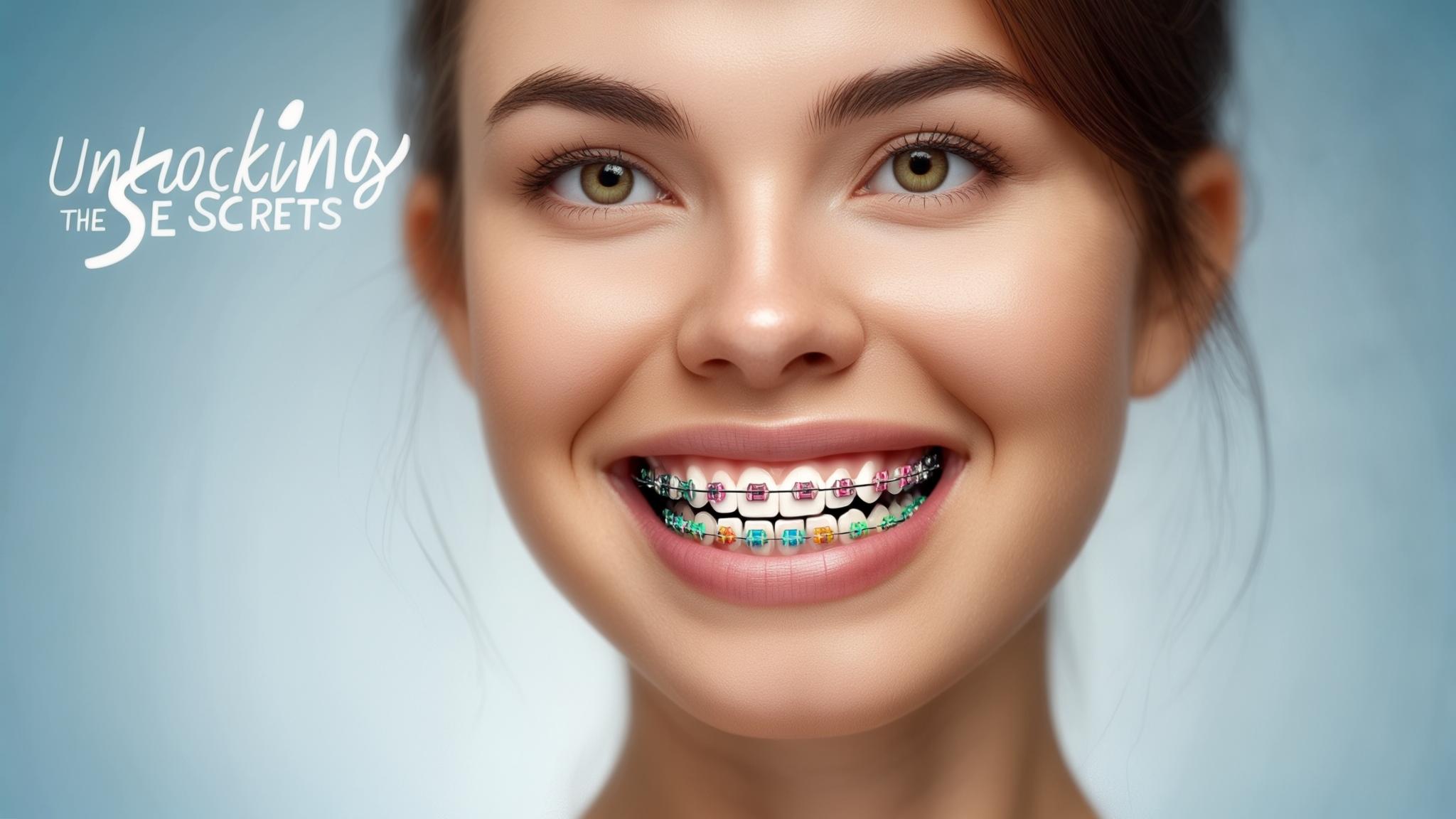Introduction
Orthodontics is a specialized field of dentistry focused on diagnosing, preventing, and treating dental and facial irregularities. One of the most common tools in orthodontics is braces, which are devices used to align and straighten teeth. Braces work by applying continuous pressure over time to move teeth into the desired position. However, to achieve optimal results, orthodontists often use rubber bands, also known as elastics, as part of the treatment.
Understanding the role of elastics is essential for anyone undergoing orthodontic treatment. These small yet powerful tools can significantly enhance the effectiveness of braces, helping to correct bite issues and improve overall dental alignment.
Understanding Rubber Bands in Orthodontics
What are Rubber Bands (Elastics)?
Rubber bands used in orthodontics are small, stretchy loops made from medical-grade latex or synthetic materials. They come in various sizes and strengths, designed to apply specific forces to the teeth and jaws. The different sizes and strengths allow orthodontists to tailor treatment to each patient’s unique needs.
Purpose of Rubber Bands in Orthodontic Treatment
Rubber bands serve multiple purposes in orthodontic treatment:
- Correction of Bite Issues: They help in aligning the upper and lower jaws to correct bite problems.
- Aligning Teeth and Jaws: Elastics apply pressure that aids in moving teeth into their correct positions.
- Enhancing the Effectiveness of Braces: By working alongside braces, elastics speed up the treatment process and improve results.
How Rubber Bands Work
Mechanism of Action
Rubber bands work by applying continuous force to the teeth and jaws, encouraging them to move into desired positions. This force helps in correcting misalignments and improving the bite.
Types of Movements Facilitated by Rubber Bands
Elastics facilitate various types of dental movements, including:
- Class I, II, and III Corrections: Addressing different types of bite issues.
- Midline Alignment: Ensuring the center of the upper and lower teeth align perfectly.
- Overbite and Underbite Correction: Adjusting the position of the jaws to improve bite.
Types of Rubber Bands Used in Orthodontics
Inter-arch Elastics
Inter-arch elastics are used between the upper and lower arches. They come in configurations like triangle and box, each serving a specific purpose in correcting bite and alignment.
Intra-arch Elastics
Intra-arch elastics are used within the same dental arch. They are often employed in specific cases to address particular alignment issues.
Different Strengths and Their Applications
Rubber bands are available in light, medium, and heavy strengths. The choice of strength depends on the specific treatment goals and the amount of force needed to achieve them.
Importance of Rubber Bands in Treatment
Enhancing Treatment Outcomes
Rubber bands can lead to faster results compared to using braces alone. They improve alignment and bite correction, making the treatment more effective.
Patient Compliance and Its Impact on Effectiveness
Wearing elastics as prescribed is crucial for success. Non-compliance can delay treatment and affect the final outcome.
Proper Use and Maintenance of Rubber Bands
Instructions for Patients
Patients should wear elastics as directed by their orthodontist, usually for most of the day and night. Consistency is key to achieving the desired results.
Care and Replacement of Elastics
Elastics need regular replacement as they lose elasticity over time. It’s important to maintain good oral hygiene to prevent any complications.
Potential Challenges and Solutions
Common Issues Patients Face with Rubber Bands
Some patients experience discomfort or forget to wear their elastics. This can hinder treatment progress.
Solutions and Tips to Overcome Challenges
- Pain Management Strategies: Over-the-counter pain relief can help with discomfort.
- Reminders and Routines: Setting alarms or using apps can help patients remember to wear their elastics.
Conclusion
Rubber bands are a vital part of orthodontic treatment, playing a key role in achieving a healthy and beautiful smile. By adhering to the treatment plan and wearing elastics as directed, patients can look forward to a successful outcome and a confident smile.
References
For more information, patients can refer to orthodontic literature and studies available online, which provide deeper insights into the role of elastics in dental treatments. Additionally, consulting with your orthodontist can offer personalized advice and guidance.

